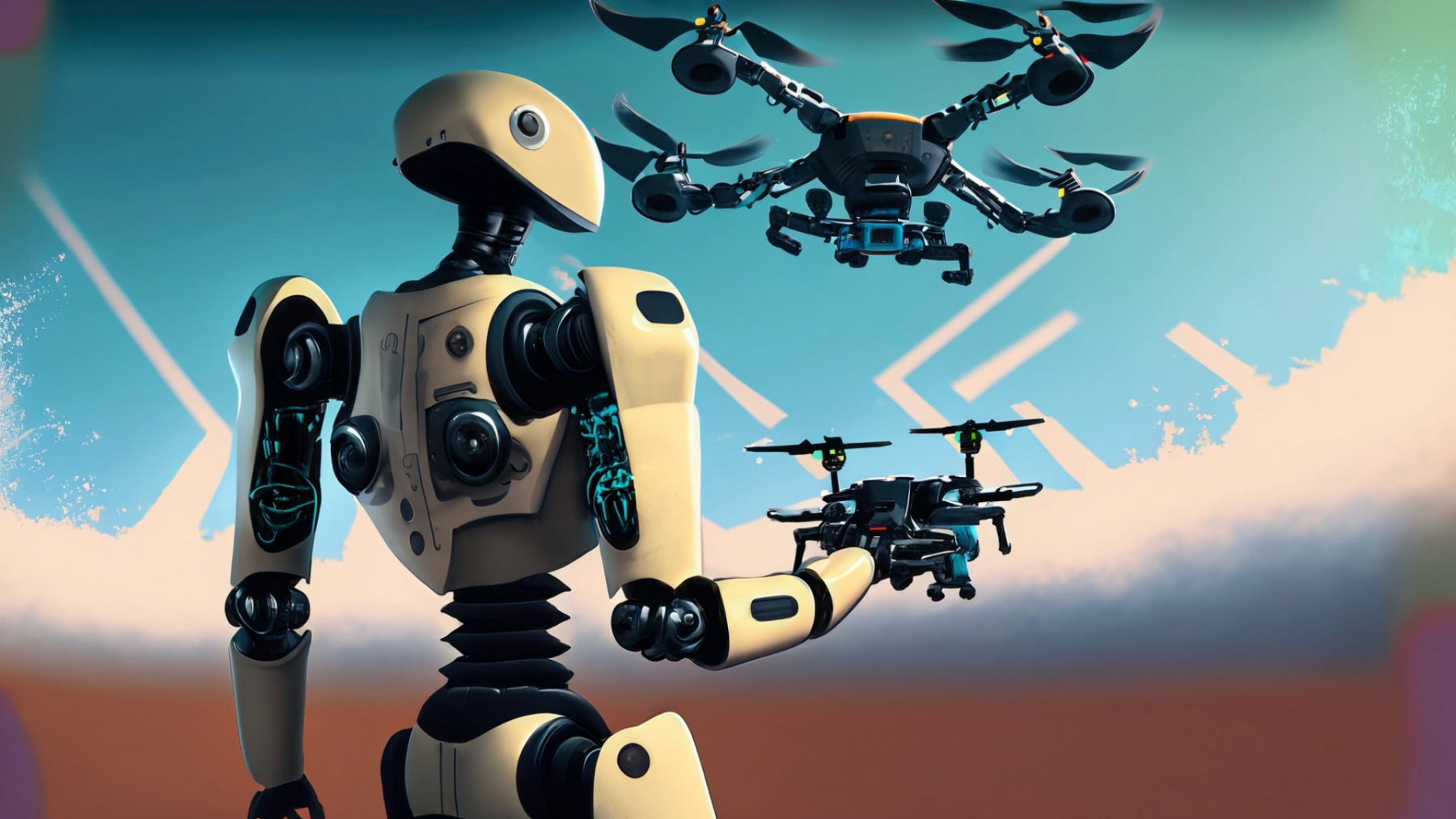
Developing Predictive Models
by Amanda Sibley
In this lesson students will collect data on the performance of their drone. Students will design a systematic process of data collection that will then lead to the development of a predictive model that they can use to predict a power and time duration that would be required to move the drone through a constructed maze. The purpose of this lesson is for students to strategically collect data and look for a regular pattern that can be used to describe that pattern. This will ultimately not be efficient enough to accurately control the drone which will then require learning about coding and sensor integration.
This is lesson 5 in the coding drones lesson sequence.
Lesson Plan Link/URL
https://docs.google.com/presentation/d/153v8ONbPjixow3n64VyymygEJ2shg7Tm/edit?u…Related Content

Grades:
Kindergarten, 1st Grade, 2nd Grade, 3rd Grade, 4th Grade, 5th Grade, 6th Grade, 7th Grade, 8th Grade, 9th Grade, 10th Grade, 11th Grade, 12th Grade
Button makers are great additions in the classroom! But first, students should learn the history of buttons, about the button machine and how to operate it. Challenge cards provided inspire students

Grades:
6th Grade, 7th Grade, 8th Grade, 9th Grade, 10th Grade, 11th Grade, 12th Grade
Students will pick an issue that they think exists in the world and propose a solution via a presentation. This will model a TedTalk.

Grades:
7th Grade, 8th Grade, 9th Grade, 10th Grade, 11th Grade, 12th Grade
Students will apply principles of design, engineering, and mathematics to create a physical or digital labyrinth inspired by the myth of Theseus. This project integrates STEM concepts with literature

